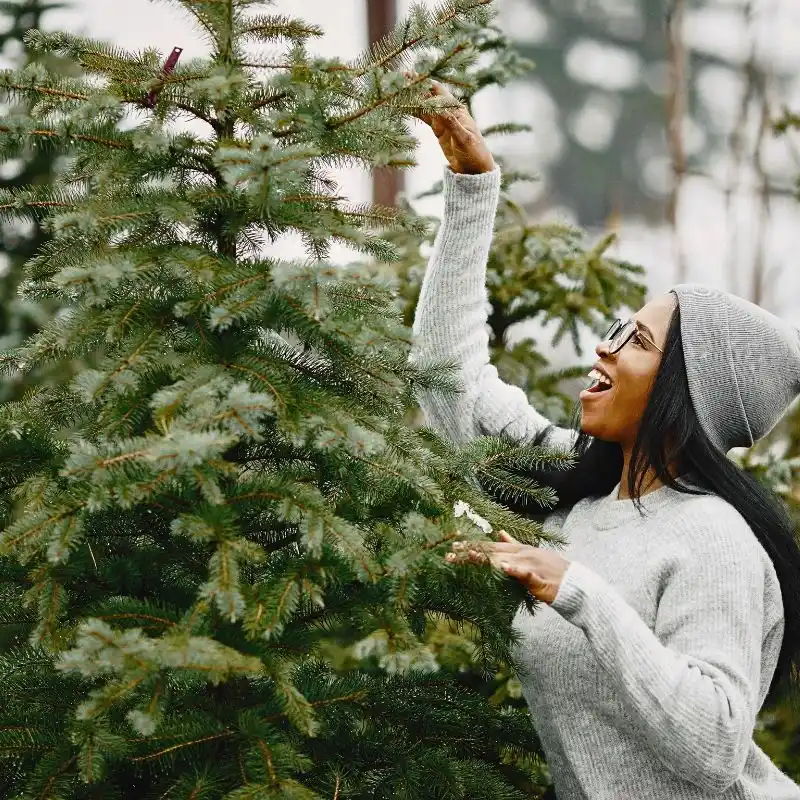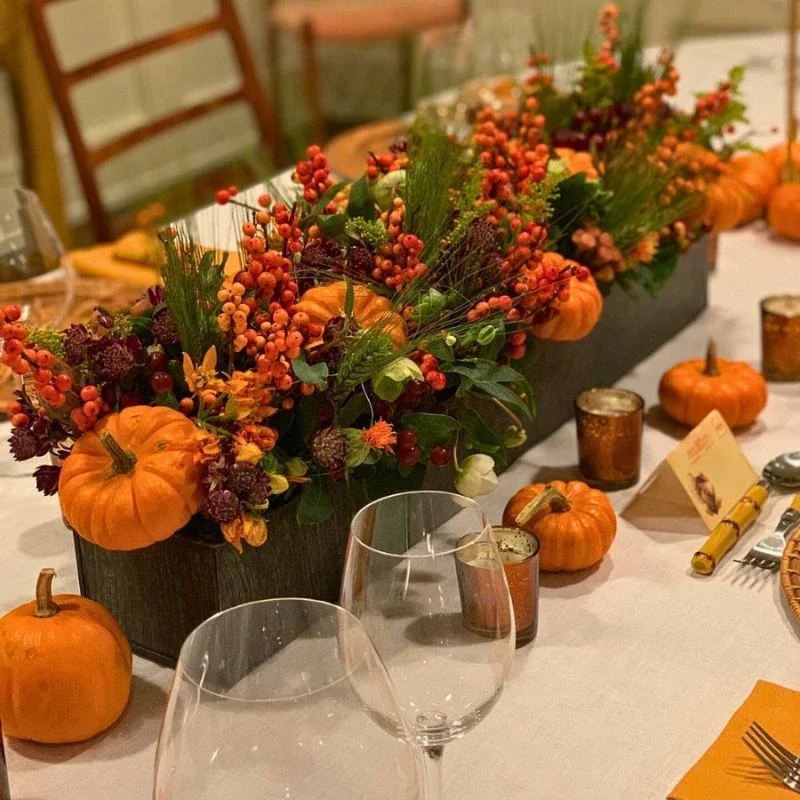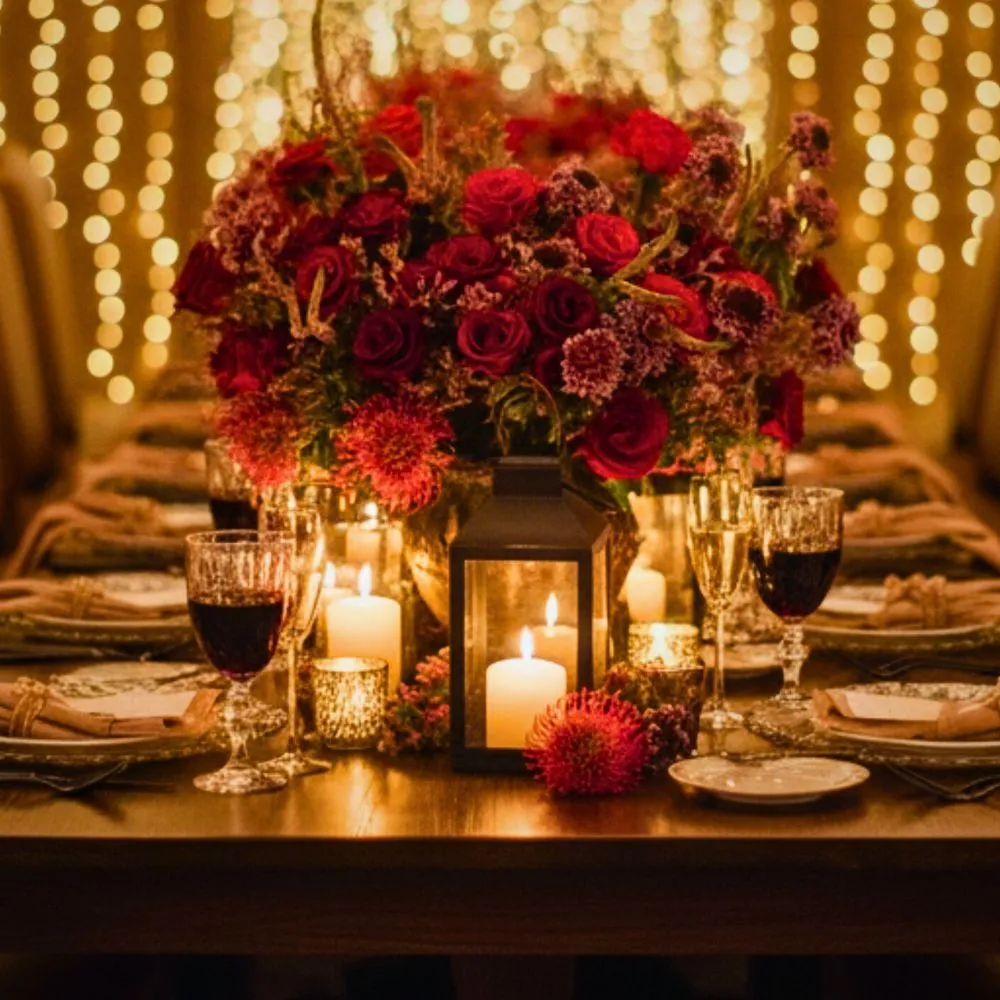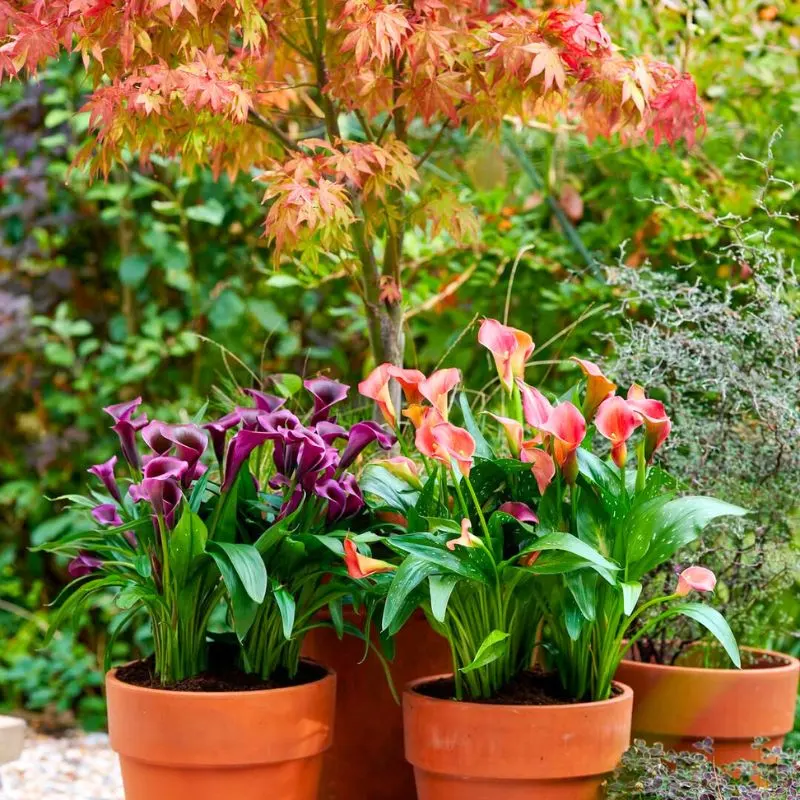You’d admit there's something bittersweet about watching autumn fade away. That nostalgic moment when the golden leaves have all fallen, the pumpkins are making their way out, the fall flowers and plants are diminishing, and all of a sudden, you're left standing in your garden, wondering what comes next.
But the switch from fall to winter hardly has to make you feel like your outdoor or indoor spaces are going dormant, along with the nature or plants and flowers that enlivened them. With the right plants, some planning, and, of course, a change in perspective, you can keep your home and garden looking fresh through the coldest months as winter sets in.
Understanding the Seasonal Changes
For starters, think about timing. The fall-to-winter transition isn't a single day on the calendar. It is a gradual process that varies depending on where you live. In most regions, this change of environment occurs between late November and early December, when the first hard frosts arrive and temperatures steadily drop below freezing.
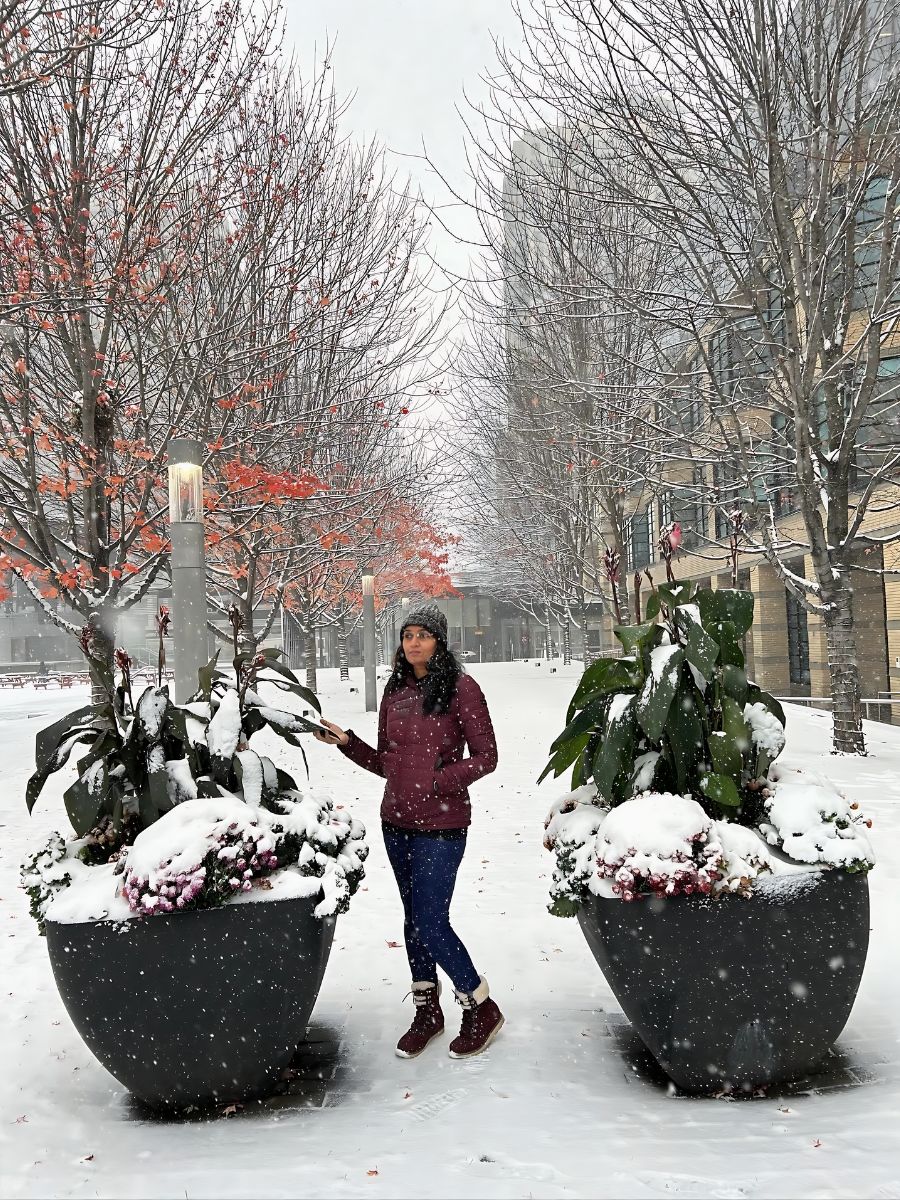
This is your window to make the changes you’d want before everything freezes solid. It is the opportunity to embrace the changing seasons with grace, mixing the last echoes of autumn with the subtle charms of winter greenery. The key, in this case, is to work with nature, not against it. While other annuals are done for, plenty of plants thrive in cooler weather and can beautifully bridge the gap between seasons.
Preparing Your Garden Space
Before the ground freezes completely, give your perennial beds some attention. Cut back dead foliage from existing perennials, but leave ornamental grasses standing. Their seed heads and dried leaves add movement and texture to the winter garden and provide food for birds.
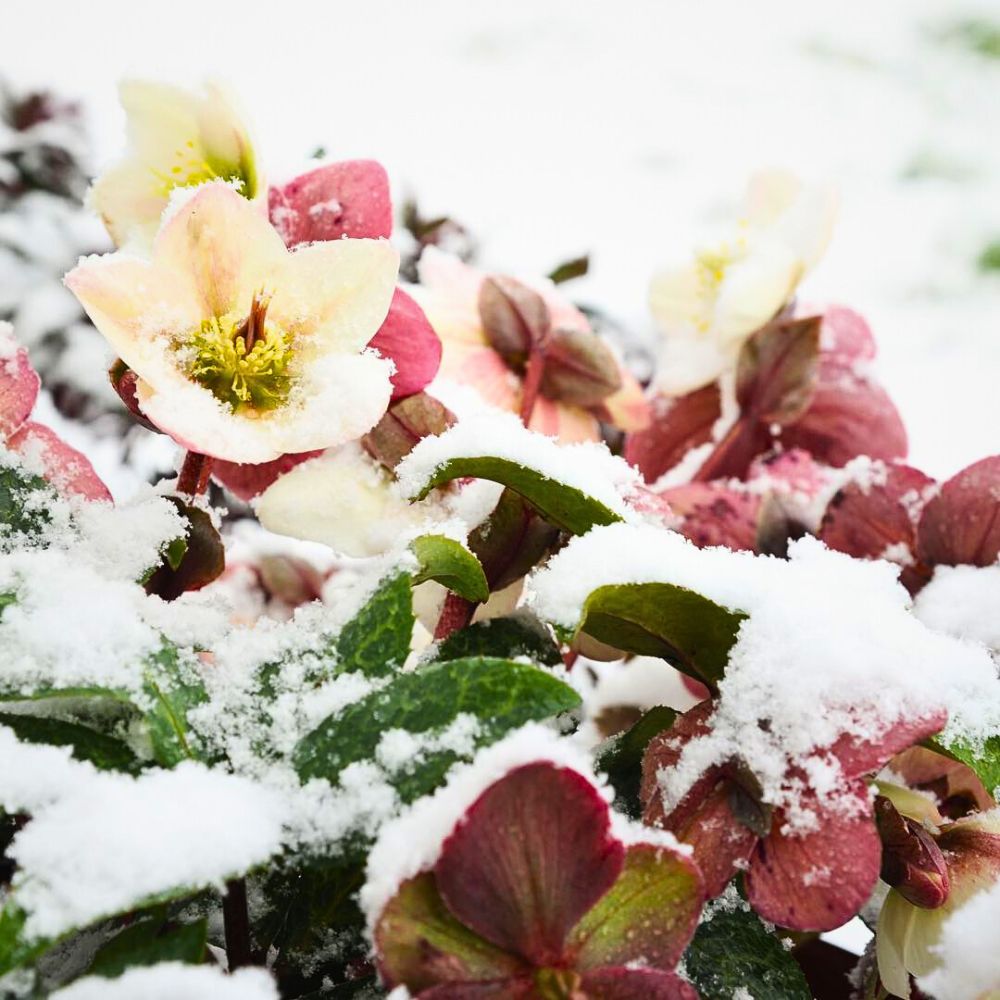

This is also the time to plant spring bulbs if you haven't already (thinking ahead to spring) because tulips, daffodils, and crocuses need to go in the ground before it freezes – Mark where you plant them. You wouldn’t want to disturb them during winter accidentally. Add a fresh layer of mulch around your perennials and shrubs. The mulch insulates roots from temperature fluctuations and prevents the freeze-thaw cycle that can push plants right out of the ground.
Preparing for the Season Shift With Hardy Plants
As leaves fall and temperatures dip, your garden plants and floral selections need gentle adjustments. Many fall favorites, like mums and Asters, start to tire, so it is the perfect time to swap them for hardy winter plants. Consider incorporating evergreens like dwarf spruces or junipers, which stand up well to the cold and add lovely green hues throughout the season.
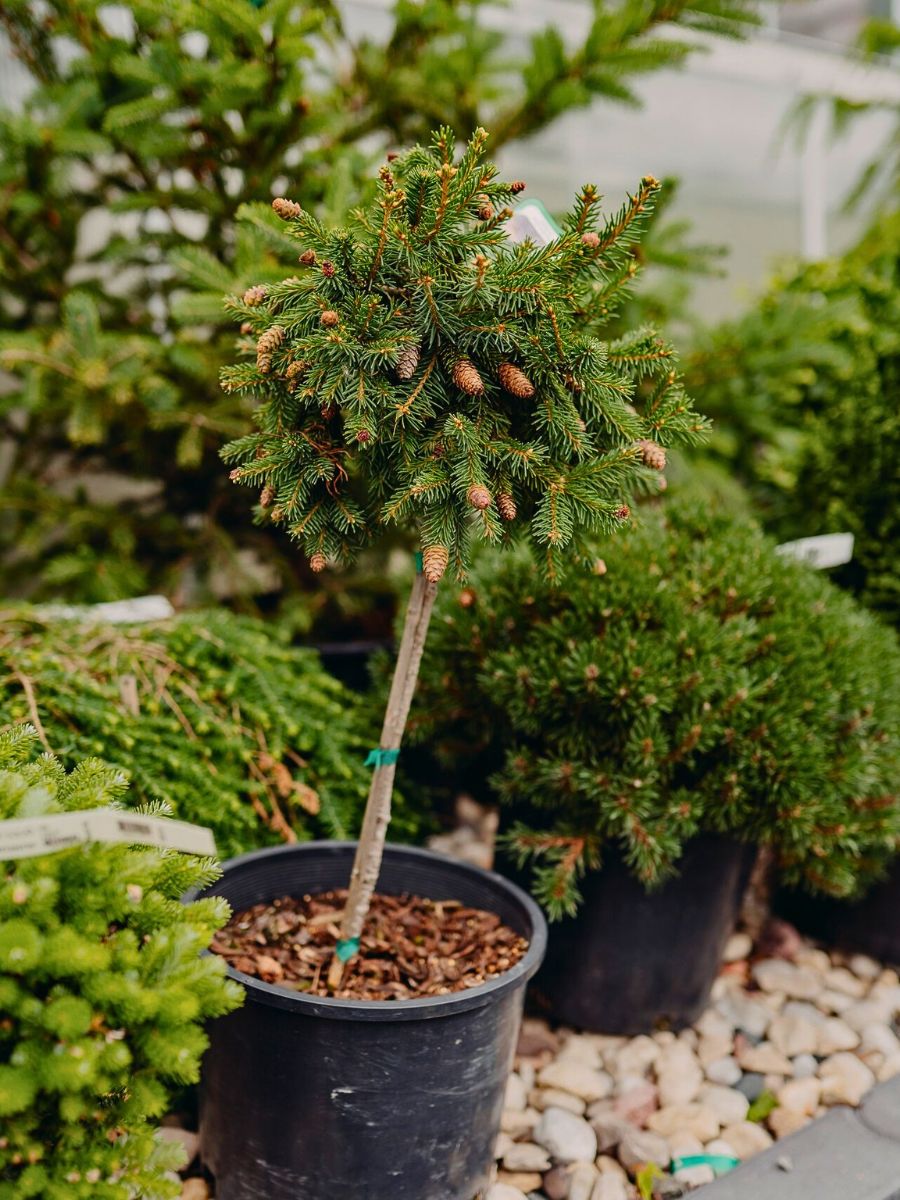
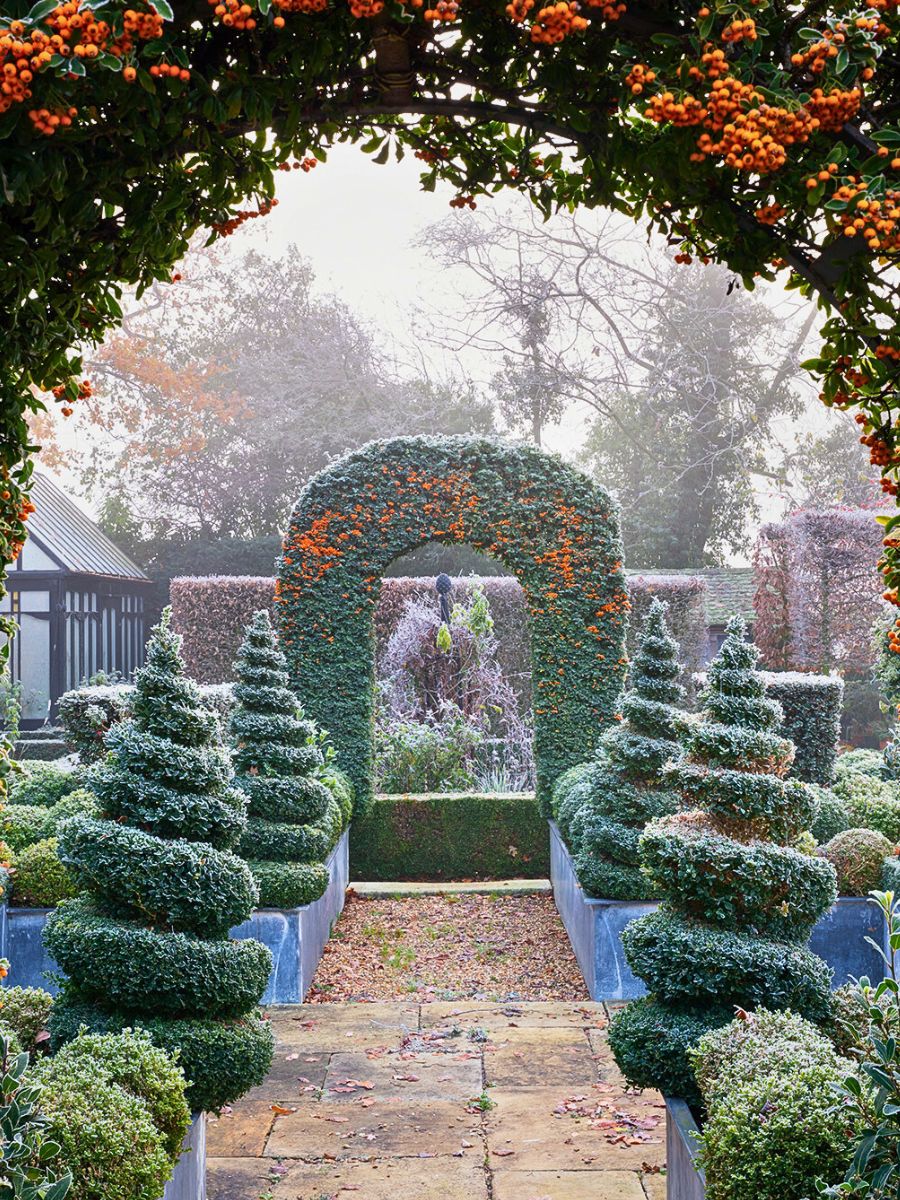
Winterberry shrubs are especially lovely. They lose their leaves but hold bright red berries that provide color and visual interest. They provide structure and cheerful red berries that look fantastic against snow or gray winter skies. If you're planting these shrubs now, remember you need both male and female plants for berry production. One male can pollinate several females, so plan accordingly.
Perennials like Hellebores make excellent choices, as well. They thrive when the frost starts to set in, quietly folding into the landscape with subtle flowers and leaves that withstand chilly air. Amaryllis and Poinsettias also come into their own in this period, adding festive touches inside the home with their natural colors and shapes.
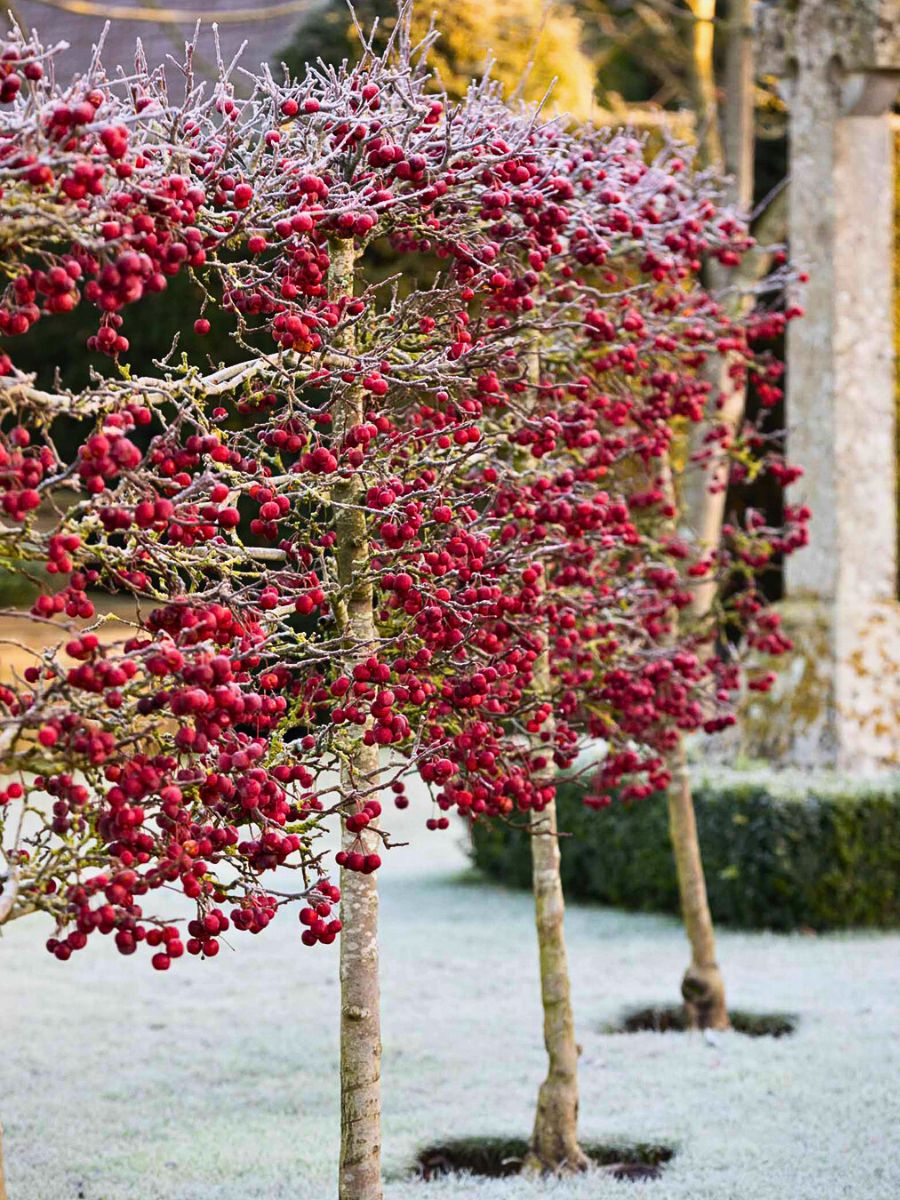
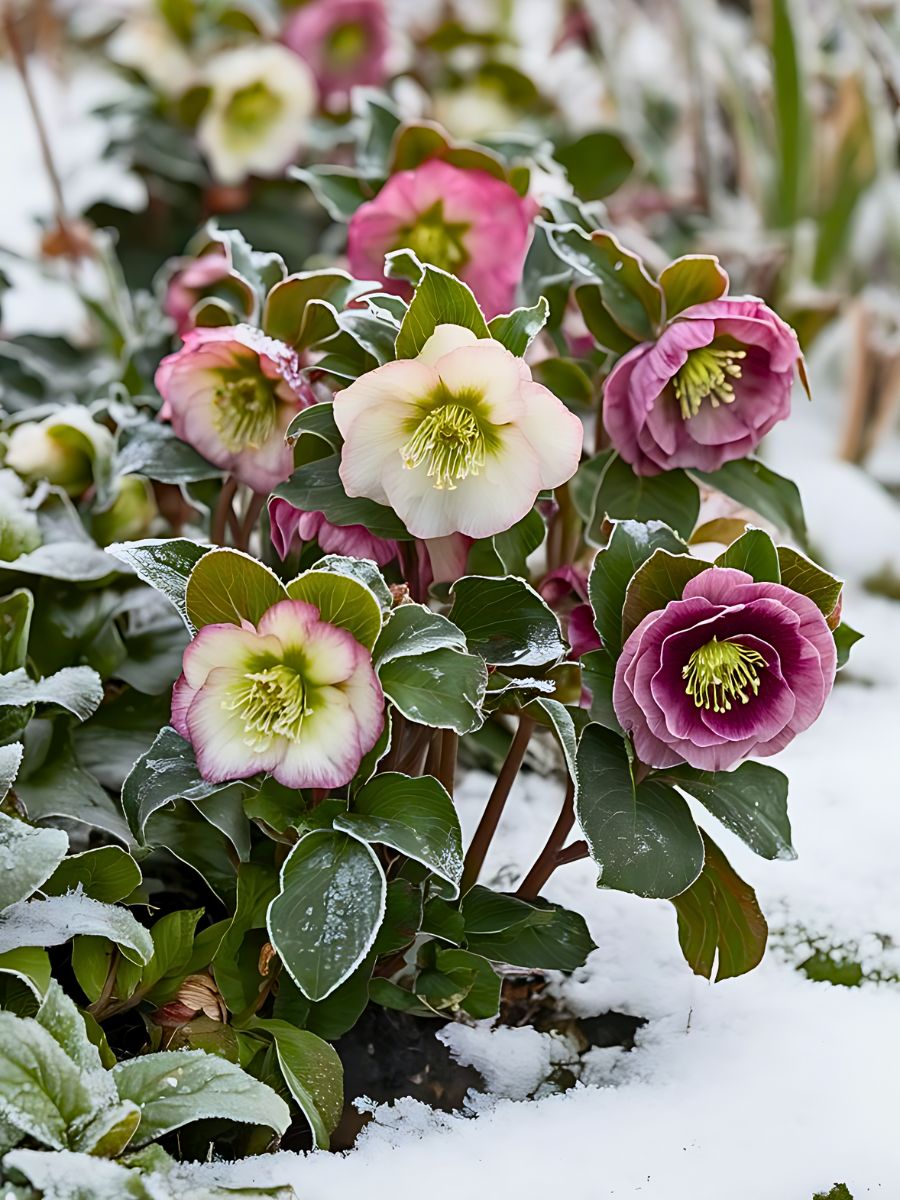
A good tip is to leave some perennial stems and dried foliage in place rather than cutting everything back at once. These leftovers can shield plant bases from frost and provide homes and food for birds and beneficial insects, helping your garden stay balanced. Adding texture with pinecones, twigs, and berries can also enhance the outdoor winter look and keep visual interest alive.
Ornamental kale and cabbage are also your best bets right then. These vegetables’ rosette formations and colors (deep purples, pinks, and creamy whites) intensify as temperatures drop. Plant them in containers near your entryway or tuck them into garden beds where summer annuals once stood. They will hold up through light snow and keep giving color well into December.
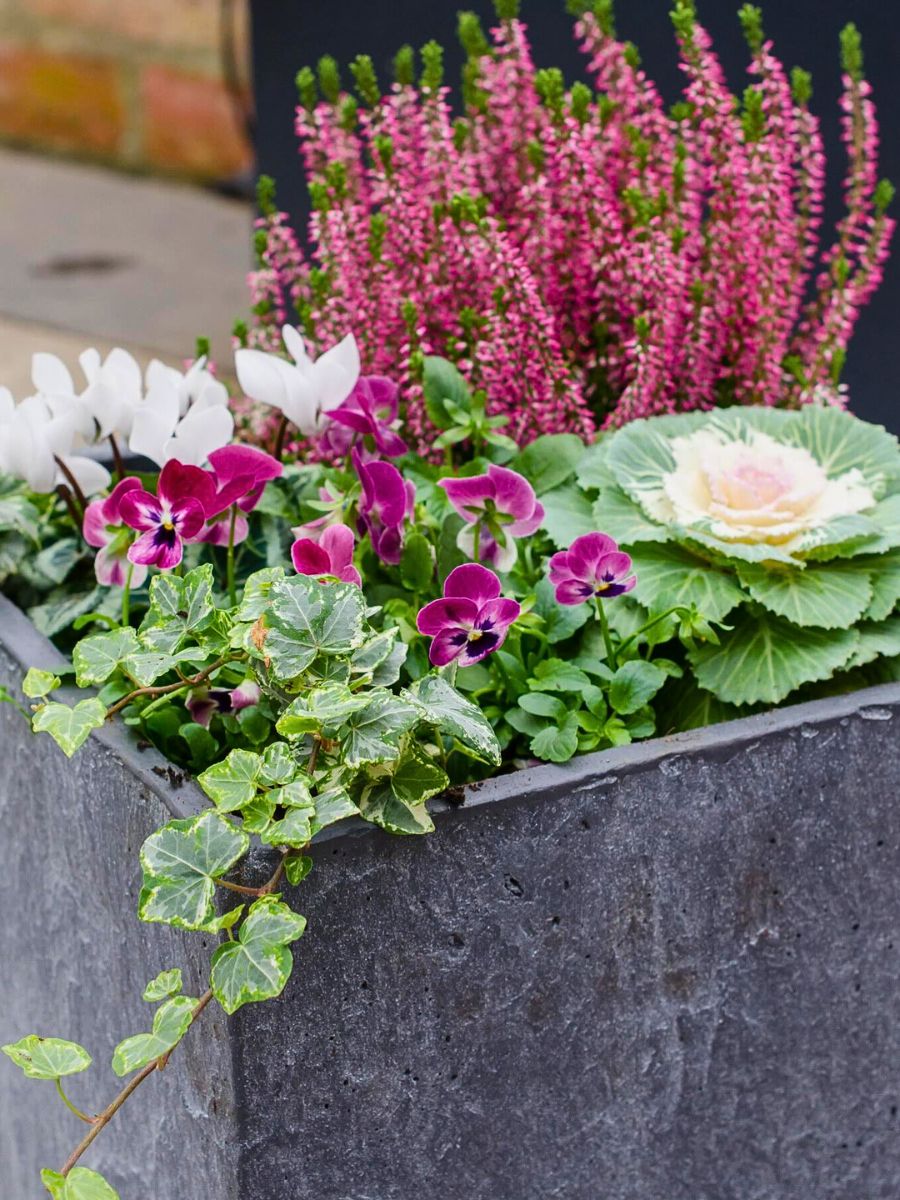
Pansies and Violas are also tough little flowers. They can handle frost and will keep flowering through autumn and into winter, provided temperatures don't plunge too low. Choose deeper jewel tones like burgundy, purple, and bronze for this time of year rather than the pastel versions you'd plant in spring. Group them into clusters, not scatter them around, for greater visual impact.
Container Gardens and Patio Pots
While summer (and autumn) container plantings may be done for now, those containers need not sit empty. Replant them with a combination of evergreen shrubs, ornamental kale, and trailing ivy. The ivy will cascade over the edges even in cold weather, softening the look. For larger containers, try creating ‘thriller, filler, spiller’ combinations with winter-appropriate plants: a small evergreen or ornamental grass as your thriller in the center, pansies or kale as your filler, and ivy or vinca vine as your spiller trailing down the sides.
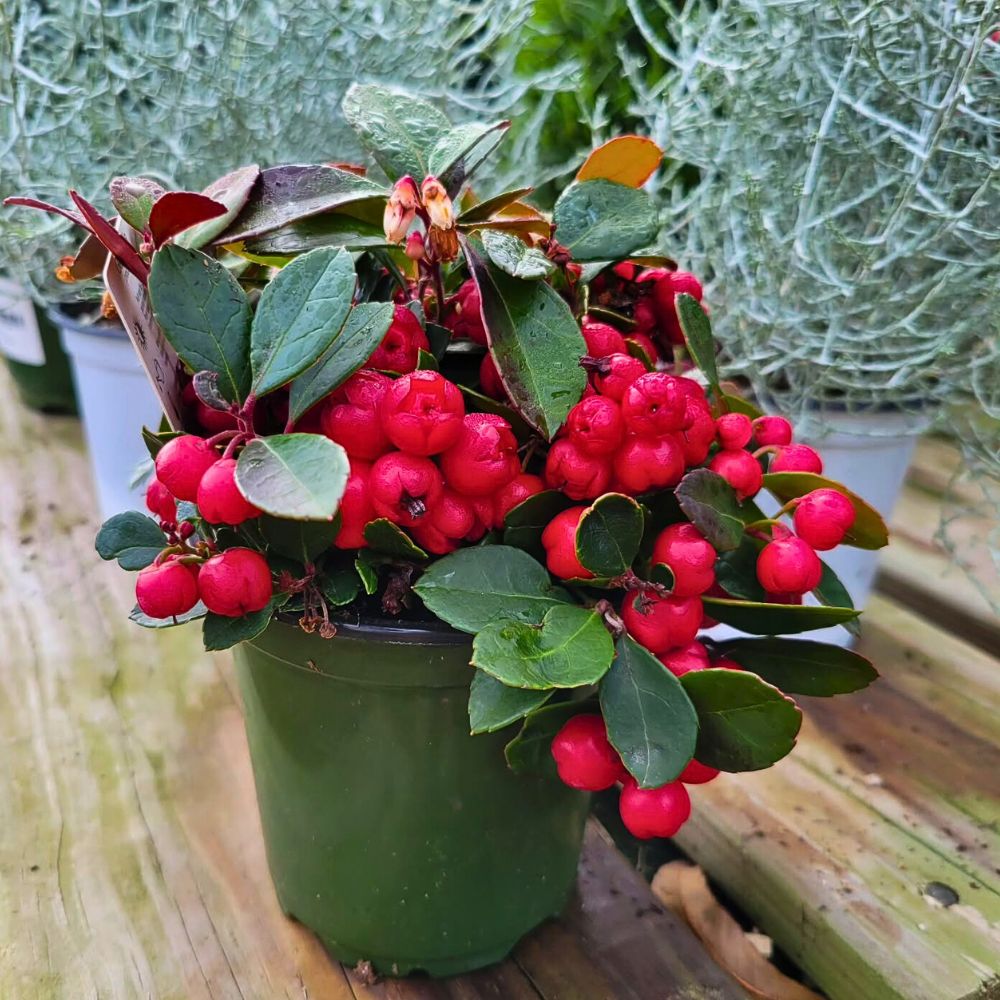

If you live in an area with harsh winters, you can also skip this planting altogether and fill containers with cut evergreen branches. Add some birch branches, berry stems, and perhaps some decorative elements, such as pine cones. These arrangements can last the entire winter season.
Transitioning Your Indoor Floral Design
Inside your home, it is time to move away from those orange and rust tones of autumn. Winter floral arrangements call for a different palette: deep reds, whites, silvers, and plenty of evergreen greenery.

Start incorporating more evergreen branches into your arrangements. Pine, cedar, and fir branches last for weeks and fill the home with that fresh, woodsy scent. Combine them with white flowers for a clean, winter-ready look.
Branches with berries add color. Such include Winterberry, holly with berries, or even branches from crabapple trees if the birds haven't eaten all the fruit yet. These mix beautifully with evergreen boughs in large vases or urns. Also, do not forget dried elements. Seed pods, dried Hydrangea heads, and preserved leaves can fill out arrangements without the worry of wilting. Cotton stems have also become popular since they add softness and a touch of whimsy to winter displays.
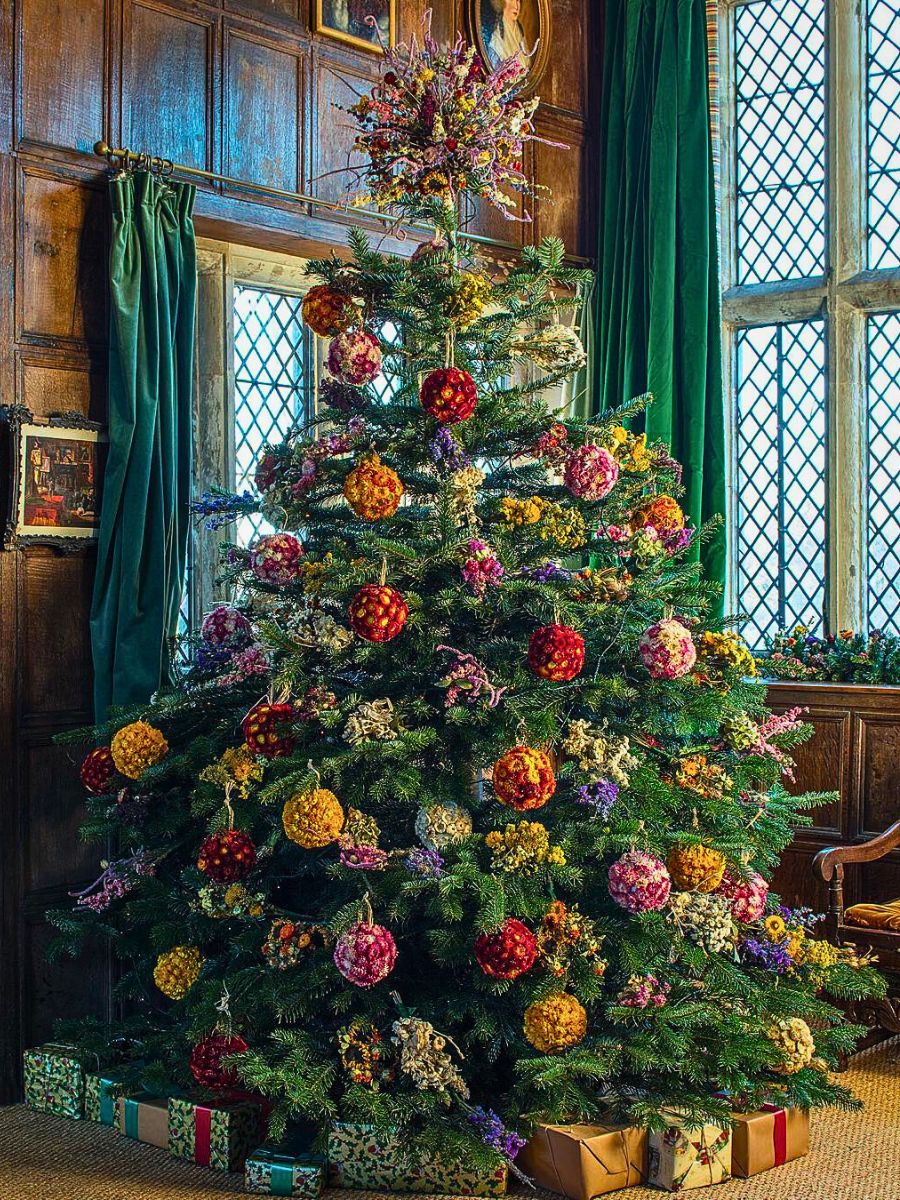
Personal Preparation for the Seasonal Change
Adjusting your floral spaces is not just about plants and flowers, but also about one’s mindset. The colder months feature slower days, so the focus is on cozy comfort. Preparing yourself might mean setting up a nook with seasonal plantings and greenery inside, where you can enjoy their presence without going outdoors in the chill.
Consider using seasonal scents like pine or cedar with your arrangements to bring a fresh airiness inside, or keep a potted Amaryllis in bloom for a cheerful companion. This is also a good time to tidy up gardening tools, plan for spring, and treat yourself to some warm drinks by the window decorated with frosted branches or holly.
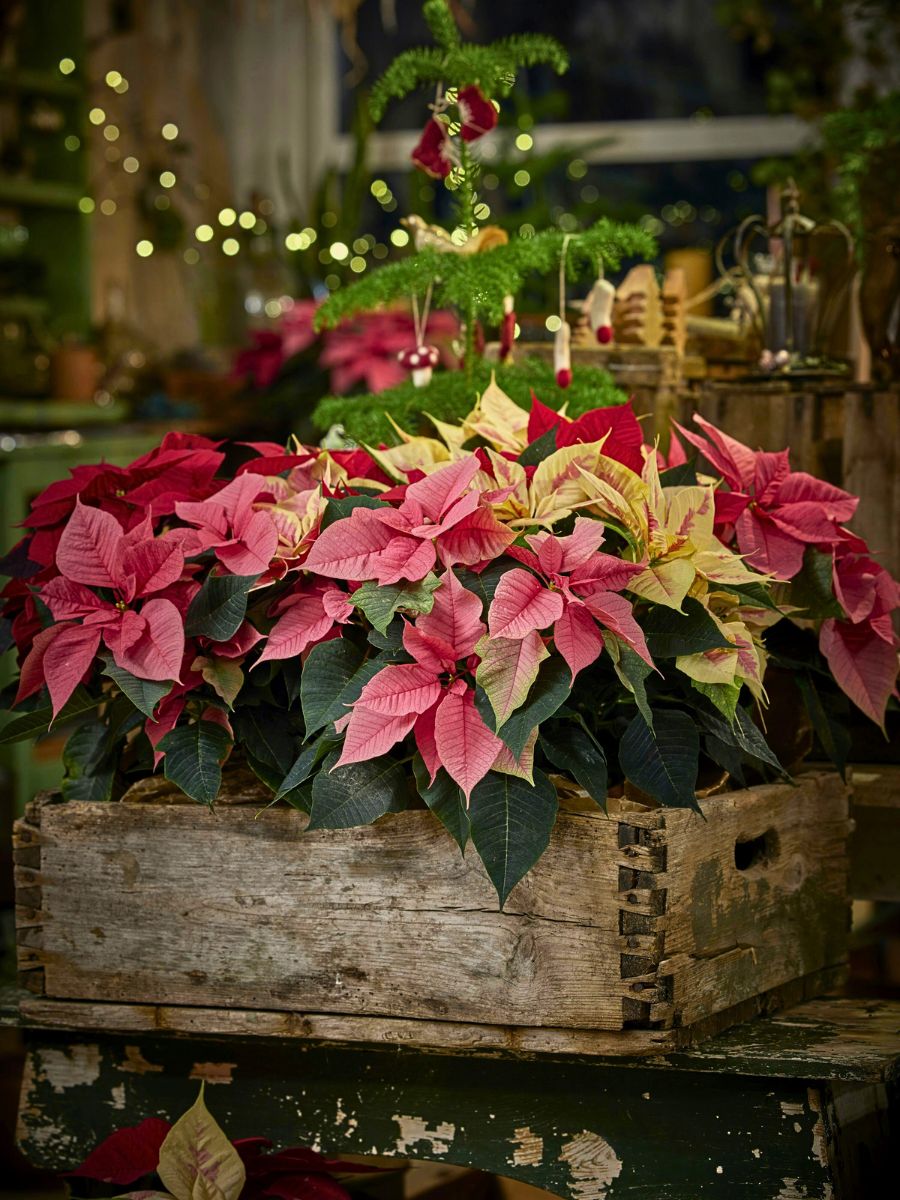
Embracing the Quieter Palette
The secret to a successful fall-to-winter transition is layering your approach. It is not about replacing everything at once; instead, gradually introduce winter elements while removing the last traces of autumn. Keep the late-season plants that are still performing, and add new cold-weather varieties alongside them.
Pay attention to what naturally grows in your area during winter. Those native plants are your best guide for what will survive and look good in your specific climate. If you see certain evergreens or winter perennials thriving in local parks or neighbors' yards, take note.
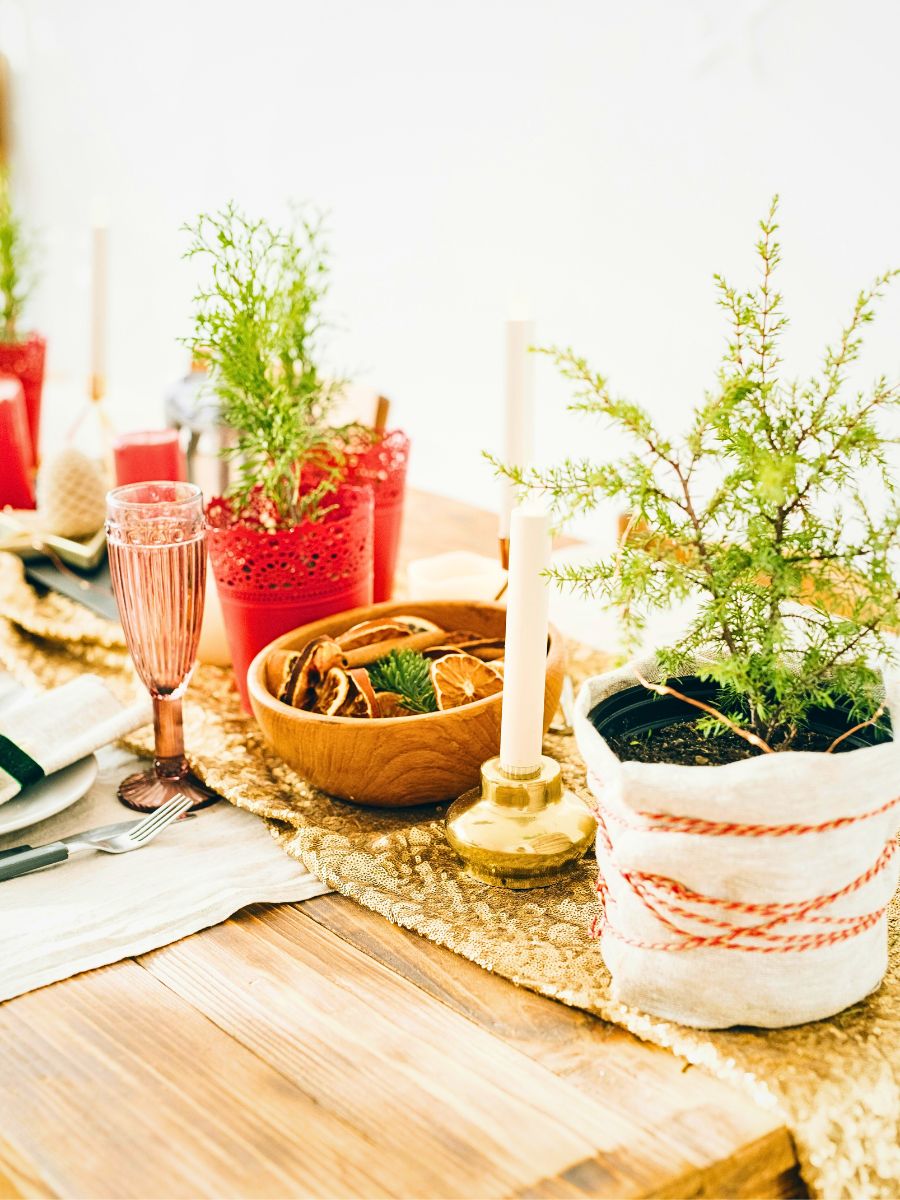
You can then embrace the quieter palette, the crisp air, and the opportunities for reflection that winter brings. The plants and flowers thriving then have their own quiet elegance. So, approach the changing season with patience and humor.
Feature and header image by senivpetro.


